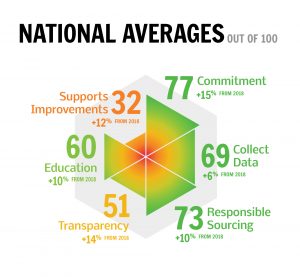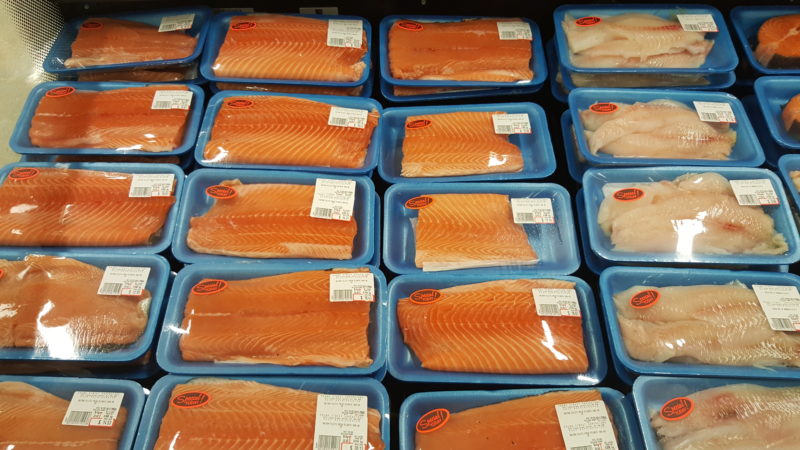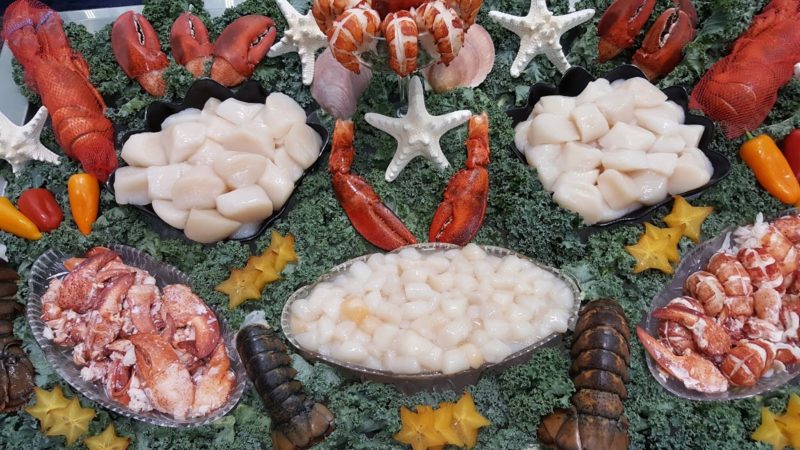Seafood Progress – Year 2 Report
All retailers have commitments to sustainable seafood, but are they helping the oceans?
All major Canadian retailers have commitments to protect the world’s last wild food source, but each commitment is unique, and can translate into a wide range of actions and seafood choices. SeaChoice developed Seafood Progress to give Canadian consumers information about retailers’ seafood sustainability commitments and how well they are performing against them. Seafood Progress uses 21 performance indicators to assess retailers against the six steps that form the vision for sustainable seafood developed by environmental groups across North America.
In its first round of assessments, Seafood Progress showed that while most retailers had detailed policies and were collecting important information about the seafood they source, they could do a better job increasing transparency by making that information public and supporting improvements to fisheries and fish farms.
In spring 2019, SeaChoice reached out to Canada’s major retailers again to find out what has changed in the past year, and update their Seafood Progress profiles with the latest information on their actions to support sustainable seafood.
Key results from our second round of assessments (2019 Report) include:
- Step 1. Make a public commitment – Most of Canada’s large food retailers have relatively detailed commitments to source environmentally sustainable seafood. However, as part of tackling forced labour and other human rights issues in seafood supply chains, some retailers should increase the level of ambition in their commitment to social responsibility.

- Step 2. Collect data – Most Canadian retailers are collecting the information needed to support their commitment, but some should expand their data collection program so it applies to all the seafood sold in their stores.
- Step 3. Source responsibly – Many Canadian retailers are clearly taking steps to source products that are in line with their commitment but some don’t disclose this information. Most retailers could expand their code of conduct for suppliers so that it incorporates their full environmental sustainability and social responsibility commitments.
- Step 4. Be transparent – Seven out of the nine retailers have at some point publicly reported how much of their seafood meets their sustainability criteria. Two retailers have shown great leadership in relation to transparency by publishing the geographic origin and production method for many of their seafood products.
- Step 5. Educate – Most Canadian retailers could do more to educate their customers about their sustainable seafood commitments and procurement practices.
- Step 6. Support improvements – Despite some improvements, this step continued to be the lowest scoring nationally. SeaChoice encourages retailers to more actively support better seafood production practices and better leverage their market power.
Read more about the findings and recommendations that Seafood Progress revealed in our 2019 Report.





